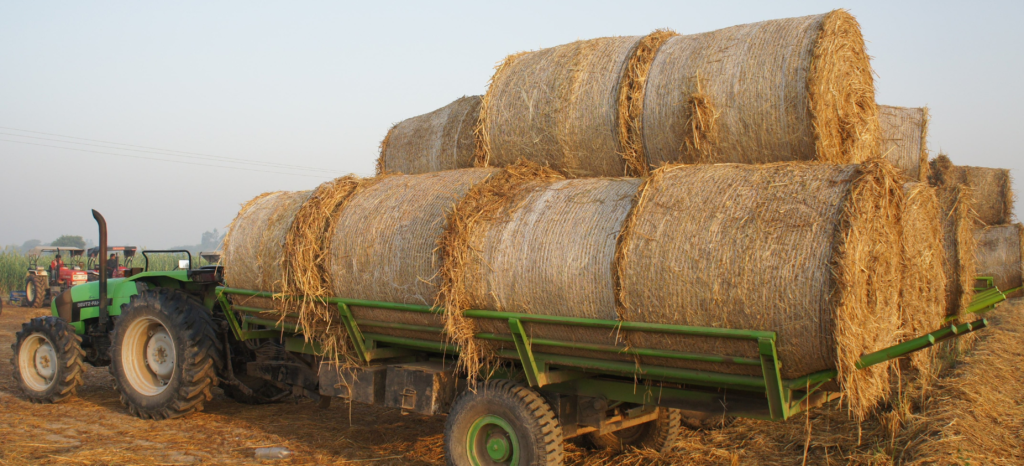Dr. Anuj Kumar is a Principal Scientist at ICAR – Indian Institute of Wheat & Barley Research. He studied at Institute of Agricultural Sciences, Banaras Hindu University and National Dairy Research Institute, Karnal. His research on barley as a nutri-rich cereal has path-breaking impact on the cultivation, contract farming, market access, and farmers’ engagement is gaining ground. He further deepens the research by focusing on the impact of technologies and how they constitute a strong foundation for transparency as well as accountability in agricultural research. The robust evidence generated by impact evaluation studies serve as a basis for higher level of innovation, extension, and technology promotion. On a broader canvass, the progress report of the All India Coordinated Research Project (AICRP) on Wheat and Barley spearheaded by him presents the status of FLDs conducted during 2019-20 at farmers field, yield gain, costs & returns from improved technologies along with the associated socio-economic constraints in wheat and barley production. In an exclusive interview with The Interview World, Dr. Anuj Kumar unfolds how management of stubbles can have multi-dimensional impact on the farm lifecycle and the farm economy.
#1. How can we address the challenges of stubble burning and push it into recycling economy?
In the northern India, farmers mostly burn the stubble before starting a new crop. This practice has severely impacted the environment in the region, especially during the winter season. We must understand that there are now technologies that can translate stubbles into immense wealth creation. The farmers just need awareness about these technologies and collaborate with the market ecosystem to sell the stubbles, rather than burning it and polluting the environment.
#2. What are the technological options available to reuse stubbles?
We can use the stubbles as feeder for the power generating plants. Moreover, these can be reused as packaging material for brittle items like glass, ceramics, and marbles. Gujarat and Rajasthan are the leading states that procure stubbles for using as packaging material. However, there is no mechanism to collect farmers with these industries. Furthermore, stubbles are also used in mushroom farming as the base of sprouting bulbs.
#3. How this issue can be tackled by using a straw management system?
There are three generations of straw management system like happy seeder, smart seeder, and super seeder are available in the market, which can equally distribute straws in the field, so that the farmers can sow wheat and grow the crop. The latest decomposer can convert stubbles into natural compost, which can be used as nutrients for the crops.
#4. What are the economic benefits of stubbles?
Stubbles have enormous economic benefits, which are hardly leveraged by our farmers in India. The missing link here is the connectivity between the industries those are transforming stubbles into reusable materials and the farmers. We should build up a marketplace so that farmers can sell the stubbles and gain economically.



